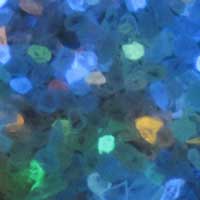 Scientists convert diamonds' atomic flaws into atomic sensors with front-row seats to a quantum world of materials under extreme pressure.
Scientists convert diamonds' atomic flaws into atomic sensors with front-row seats to a quantum world of materials under extreme pressure.
Thursday, December 12, 2019
Tiny quantum sensors watch materials transform under pressure
 Scientists convert diamonds' atomic flaws into atomic sensors with front-row seats to a quantum world of materials under extreme pressure.
Scientists convert diamonds' atomic flaws into atomic sensors with front-row seats to a quantum world of materials under extreme pressure.
Novel e-skin achieves self-powered hippocampal neural stimulation
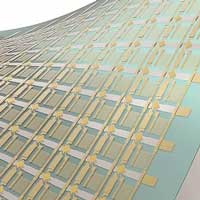 Researchers have developed a flexible electronic skin (e-skin) capable of self-powered neural stimulation and inducing a neural response. The technology will be useful in characterizing synaptic plasticity.
Researchers have developed a flexible electronic skin (e-skin) capable of self-powered neural stimulation and inducing a neural response. The technology will be useful in characterizing synaptic plasticity.
Slippery when wet: how does lubrication work?
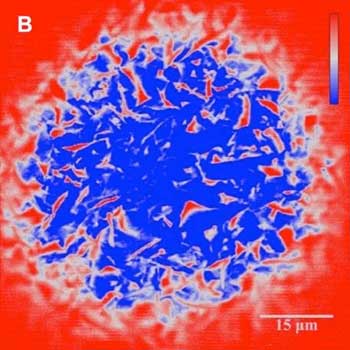 Researchers have developed a new method using fluorescent molecules to directly observe nanometric lubrication films with a sensitivity of a single molecular layer.
Researchers have developed a new method using fluorescent molecules to directly observe nanometric lubrication films with a sensitivity of a single molecular layer.
Project aims to improve efficiency of evaporation and condensation in critical processes
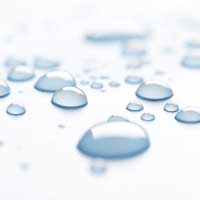 Scientists study how evaporation and condensation processes can be improved or controlled at the micro- and nano- level.
Scientists study how evaporation and condensation processes can be improved or controlled at the micro- and nano- level.
Fundamental discoveries for future nanotools: Chemists distinguish multiple weak forces
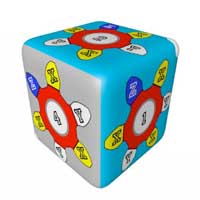 The process of building a tiny cube has revealed some of the fundamental mysteries of how molecules bind together in natural environments. Researchers hope to apply this knowledge to future projects designing complex structures that can mimic life.
The process of building a tiny cube has revealed some of the fundamental mysteries of how molecules bind together in natural environments. Researchers hope to apply this knowledge to future projects designing complex structures that can mimic life.
Scientists harvest energy from light using bio-inspired artificial cells
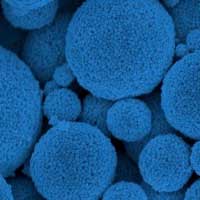 By replicating biological machinery with non-biological components, scientists have found ways to create artificial cells that accomplish a key biological function of converting light into chemical energy.
By replicating biological machinery with non-biological components, scientists have found ways to create artificial cells that accomplish a key biological function of converting light into chemical energy.
Subscribe to:
Comments (Atom)
